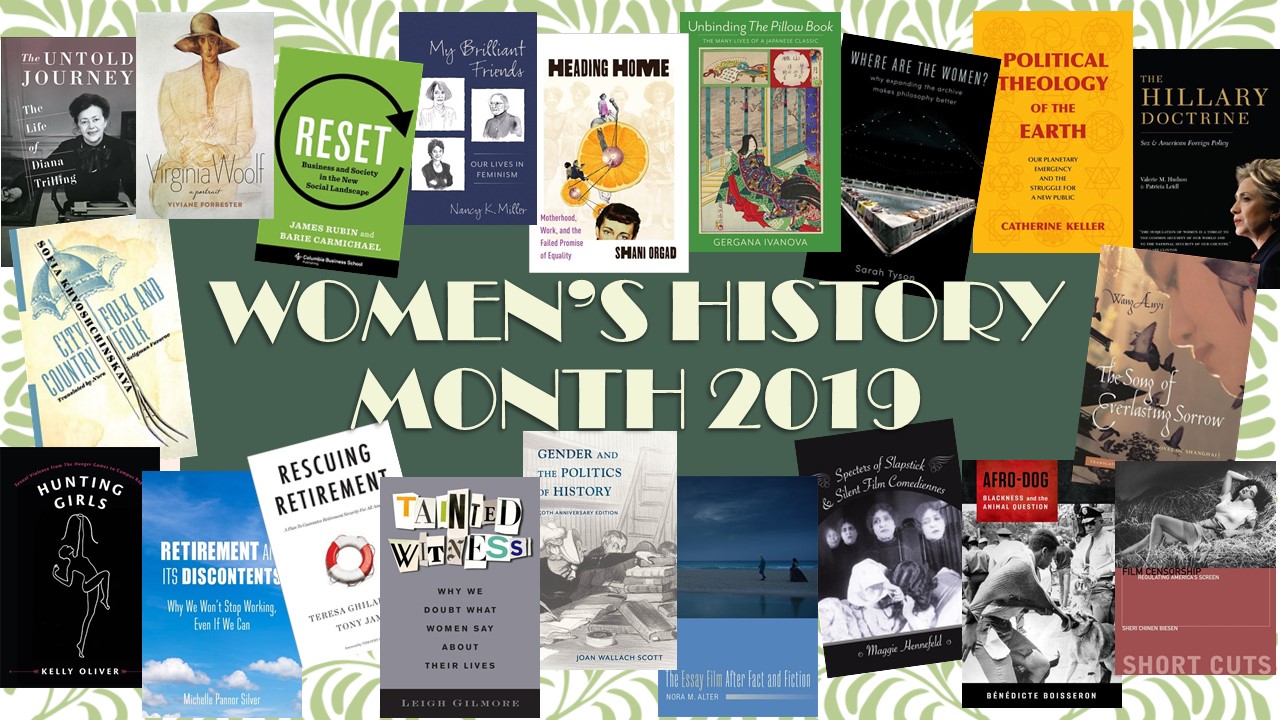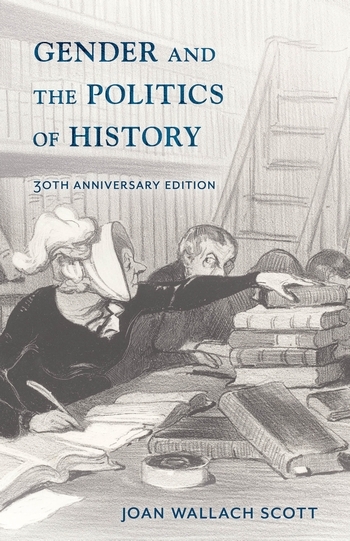Q&A: Nancy K. Miller on My Brilliant Friends

“In this astute, passionate, rigorously honest book about her friendships with three extraordinary women, Miller delineates the mysterious geography of those attachments we are not born into, but choose freely. The longing, pain, confusion, envy, and joy that inhabit the often unarticulated distance between “me” and “you” are so alive on these pages, they are still resonating inside me. I loved reading this book.”
~ Siri Hustvedt, author of A Woman Looking at Men Looking at Women
This week, we’re featuring My Brilliant Friends: Our Lives in Feminism, by Nancy K. Miller, distinguished professor of life writing and cultural criticism at the Graduate Center, City University of New York. In this interview, Miller shares her structural approach to and challenges in crafting this group biography, how her three friendships are uniquely “feminist,” and what the evolution of feminism looks like today.
Enter our drawing for a chance to win a copy of the book!
• • • • • •
Q: Your book is about your friendships with three literary critics and scholars, Carolyn Heilbrun, Naomi Schor, and Diane Middlebrook. You write about them in that order. How did you decide on the structure?
Nancy K. Miller: My original plan was linear, following the chronology in which these friendships were forged. This happened also to be the order in which each of the friends died. The symmetry seemed irresistible. This meant beginning the narrative with Naomi Schor, who died suddenly in 2001, at fifty-eight. She was the first friend I lost. But when the manuscript was accepted, and I started to prepare it for publication, I began to think about the book from the perspective of readers, not autobiographical fact. It seemed to me that book should begin with Carolyn Heilbrun because she represented second-wave feminism as we lived it in academia. She also famously articulated a wholly original vision of why friendship mattered in women’s lives and how it flourished in the bonds created by feminism.
Q: You reflect on canonical models of friendship from Aristotle to Derrida. Which, if any, of these perspectives, all proposed by male philosophers, resonated for you? Where do they fall short? What theories of friendship did you come to believe in as you wrote this book?
NKM: It’s hard to ignore Aristotle. To borrow the title of Carolyn’s memoir about her years at Columbia in the 1950s, When All the Models We Had Were Men. And Aristotle’s friendship model presents a certain appeal. Just as when you want to know yourself, he writes, you look in a mirror; in the face of a friend, you see a second self. In Aristotle’s world, the metaphors applied, of course, to men of a certain social rank, since he understood friendship as a bond between equals, a bond of identification and replication. I liked the idea of a second self, but I was less persuaded by the notion of friendship as replication. I ultimately developed a notion of the second self in which the friend offered you another view of yourself—not so much a mirroring of sameness as a vision of difference that corresponded to another way of being in the world, another self. Additionally, in my model, the friendship was an act of reciprocation, a two-way mirror, if you like.
Q: Feminism seems strong in 2019. How do you see this book’s significance in relation to the cultural reemergence of a movement you and your friends helped create?
NKM: Each of these relationships began in a particular context, that of the university as it operated in the late 20th century. By this I mean the stories are located within a certain economic moment and before sexual harassment policies came into effect. At Columbia, for example, there were very few tenured women in the 1970s, only one in the French department, where I was a graduate student, and later taught, along with Naomi. The statistics were a little better in English, where Carolyn taught, but on the whole, it was unusual for graduate students to have a female mentor. The Faculty House was then called the Faculty Club, and it was distinguished by a large beautiful powder room on the ground floor, for the ladies. The campus on the whole felt like a men’s club, in which men freely exercised their privilege, and women poured tea. This meant both what the French called “ordinary sexism” and outright sexual harassment. Nonetheless, feminism had begun to emerge within the academy, in journals, books, course work and dissertations. Naomi and I were excited to define ourselves as feminist literary critics, despite the skepticism of our advisors.
I love that in 2019, after some years of resistance, feminism is no longer the “f” word, as it had been for many years of so-called post-feminism. The movements of #MeToo and #TimesUp have brought women’s lives to the center of the cultural conversation. I think the stories I tell from earlier decades are timely, though, in that they offer a view of the early days of the women’s movement, albeit in the academy, but still a record of experiences that many today will recognize as part of the ongoing struggle for recognition and equality.
Q: Each of these friendships is difficult in its way. A popular feminism might simply celebrate the bonds between women. You allow for complications. How do you see the difficulty, both intellectual and emotional, in feminist terms? What would you say is feminist about these friendships?
NKM: I like the suggestion that Virginia Woolf makes in A Room of One’s Own when she imagines the female-authored novel of the future. She imagines two women characters, Chloe and Olivia, who liked each other, she says, and worked together in a laboratory. Woolf doesn’t give much detail about the nature of their friendship, but she suggests that the fact of their collaboration would make the relationship long-lasting. In all three relationships, we shared work of some kind, whether teaching, editing, or writing. The friendships were not always without conflict or problems, but we tried to disentangle the uncomfortable feelings of envy and anxiety that at times were stimulated by the competitive atmosphere in which we existed.
The fact that work was integral to our emotional lives is part of what makes me think of the friendships as feminist. Not only work, of course. There was also joy in the distinct pleasures of sharing meals and gossip, shopping and travel, a kind of conscious complicity in whatever we did as part of an unexpected freedom to make our way in the world. By the time I met Diane Middlebrook at the end of the nineties, we were able, on the brink of our sixties, to jump into an intimate friendship, the struggles of the early years behind us, and the fun of experimenting with new modes of writing.
Q: What was the biggest challenge for you in writing My Brilliant Friends?
NKM: I’d say it was combining the ethical, biographical necessity of truth-telling when interpreting a friend’s life with my affective memory of events and circumstances. It’s dangerous to mix genres. I tried to be a faithful reporter when I narrated our relationship, but I’m sure I did not always succeed. I’ve had to admit that I must have gotten some things wrong, in the book, as in life. What matters is the number of things our friendships allowed us to get right.








